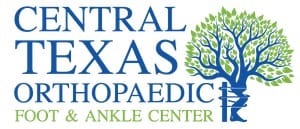Common Diagnoses:
Acquired Flat Foot
Acquired Flat Foot Overview
Adult acquired flatfoot deformity (AAFD) is a progressive flattening of the arch of the foot that occurs as the posterior tibial tendon wears down. It has many other names such as posterior tibial tendon dysfunction, posterior tibial tendon insufficiency, and dorsolateral peritalar subluxation. This problem may progress from early stages with pain and swelling along the posterior tibial tendon to complete arch collapse and arthritis throughout the hindfoot (back of the foot) and ankle.
Acquired Flat Foot Symptoms
“Patients with AAFD often experience pain, deformity, and/or swelling at the ankle or hindfoot. When the posterior tibial tendon does not work properly, a number of changes can occur to the foot and ankle. In early stages, symptoms often include pain and swelling along the posterior tibial tendon behind the inside of the ankle. As the tendon fails over time, deformity of the foot and ankle may occur. This deformity can include:
progressive flattening of the arch
outward shifting of the heel so that it no longer is aligned underneath the rest of the leg
rotational deformity of the forefoot
tightening of the heel cord
development of arthritis
deformity of the ankle joint
At certain stages of this disorder, pain may shift from the inside to the outside of the ankle as the heel shifts outward and structures are pinched on the outside of the ankle.”
Acquired Flat Foot Diagnosis
The diagnosis of posterior tibial tendon dysfunction and AAFD usually is made from a combination of symptoms, physical exam and X-rays. Your foot and ankle orthopaedic surgeon will look at the location of the pain, shape of your foot, flexibility of the hindfoot joints, and how you walk to make the diagnosis and assess how advanced the problem is.
Acquired Flat Foot Treatment
“Treatment depends very much upon a patient’s symptoms, goals, severity of deformity, and the presence of arthritis. Some patients get better without surgery. Rest and immobilization, orthotics, braces, and physical therapy all may be appropriate.
With early-stage disease that involves pain along the tendon, immobilization with a boot for a period of time can relieve stress on the tendon and reduce the inflammation and pain. Once these symptoms have resolved, patients may transition to using an arch support or orthotic that supports the inside of the hindfoot. For patients with a more significant deformity, a larger ankle brace may be necessary. Non-surgical treatments for more advanced stages of AAFD may slow the progression of the disorder and limit symptoms, but they will not fix the deformity
If surgery is needed, a number of different procedures may be considered. The specifics of the planned surgery depend on the stage of the disorder and the patient’s specific goals.
Procedures may include ligament and muscle lengthening, removal of the inflamed tendon lining, tendon transfers, cutting and realigning bones, placement of implants to realign the foot, and joint fusions. In general, early stage disease usually can be treated with tendon and ligament procedures with the addition of osteotomies (cutting/shortening of bone) to realign the foot.
Later stage disease with either a rigidly fixed deformity or arthritis usually is treated with joint fusion procedures. Fusions involve removing the joint that connects two bones, so that they become fixed together. These procedures allow powerful correction of bad deformities, leading to increased stability and pain relief; however, they also lead to a stiffer foot and loss of motion.”

